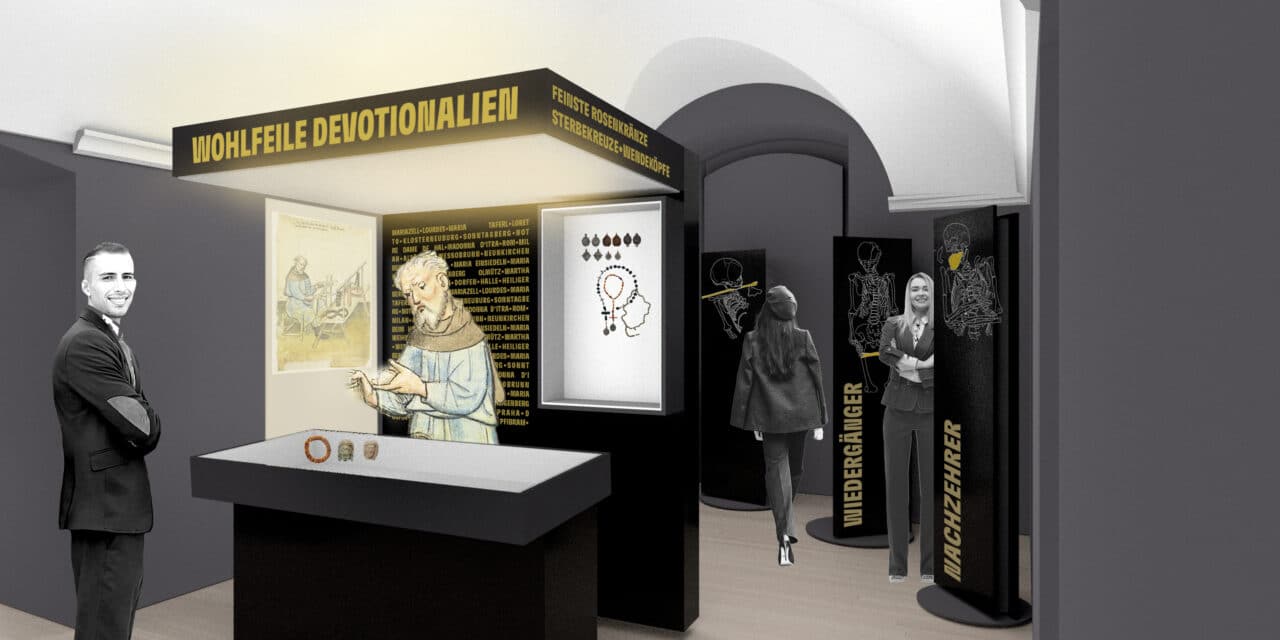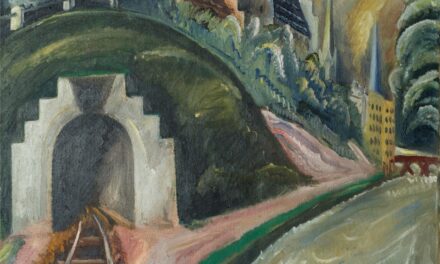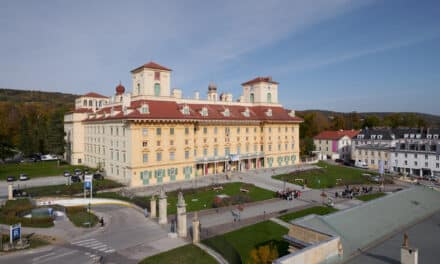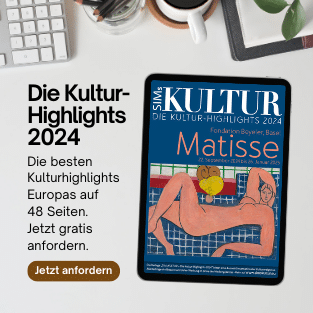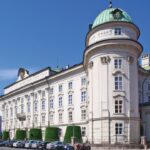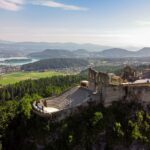The exhibition offers a comprehensive insight into the eventful history of St. Pölten Cathedral Square. The archaeological excavations carried out from 2010 to 2019 have uncovered sensational findings from Roman times to the recent modern era. Above a previously unknown Roman administrative palace from the 4th century AD, a medieval church ensemble consisting of several buildings, which have now disappeared, emerged and shaped this place for centuries. The medieval cemetery located here, which continues to fascinate researchers with more than 22,000 uncovered burials, still attracts great international attention.
As the title "Of Stones and Legs" suggests, the exhibition is divided into two parts. Visitors are guided via time portals to the first part of the exhibition, which is dedicated to "the stones", i.e. the uncovered remains of the wall. The remains of the building were digitally reconstructed for this exhibition using state-of-the-art methods. Their three-dimensional appearance is shown for the first time in the exhibition to give visitors a realistic impression of the size, appearance and interiors of the buildings that once existed here. The most outstanding finds from the Cathedral Square excavations will be presented, supplemented by mosaic panels and marble cladding from the late antique administrative palace in Savaria, now Szombathely, which have not yet been shown in Austria. The reuse of building materials is still an important and modern topic today. The last room of the first section shows the extensive finds from the excavated monastery wing, which sheds light on life in the monastery.
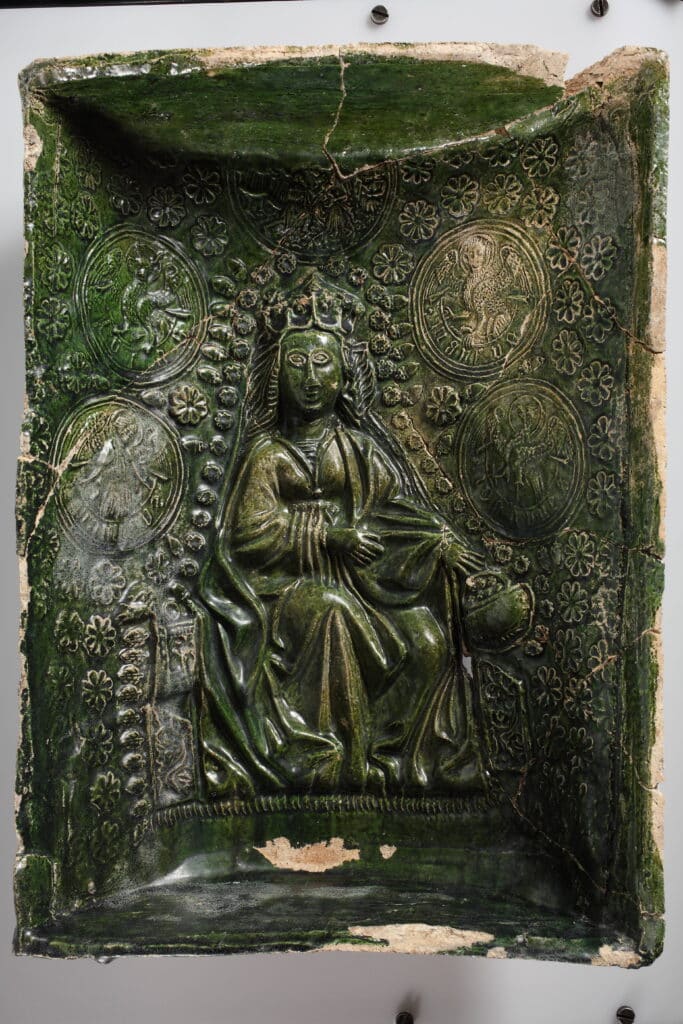
Unique niche tile with the depiction of St. Mary and the symbols of the Evangelists in the medallions, 15th/16th century © Stadtmuseum St. Pölten
The second part of the exhibition is dedicated to the former town cemetery, "the legs". Never before in Europe, if not the world, have so many burials from a single cemetery been uncovered and documented, providing an excellent insight into the organization and burial system of a medieval/early modern cemetery. As part of the ongoing scientific research, insights can be gained into cultural and social developments, making it possible for the first time to reconstruct changes in the living conditions and circumstances of the local population from antiquity to modern times.
The exhibition presents the current state of research and, for the first time, the sensational results of the scientific investigations, which provide a deep insight into the living conditions of the St. Pölten population at that time. The presentation of original skeletons has been deliberately avoided and replaced by innovative alternatives.
Hands-on stations are designed to encourage children and young people to take part and try things out, making the exhibition content comprehensible in a playful way.
Varied presentations, supported by media technology, and the deliberately family-friendly design make the exhibition an exciting experience for young and old.
From May 3, 2024
www.stadtmuseum-stpoelten.at
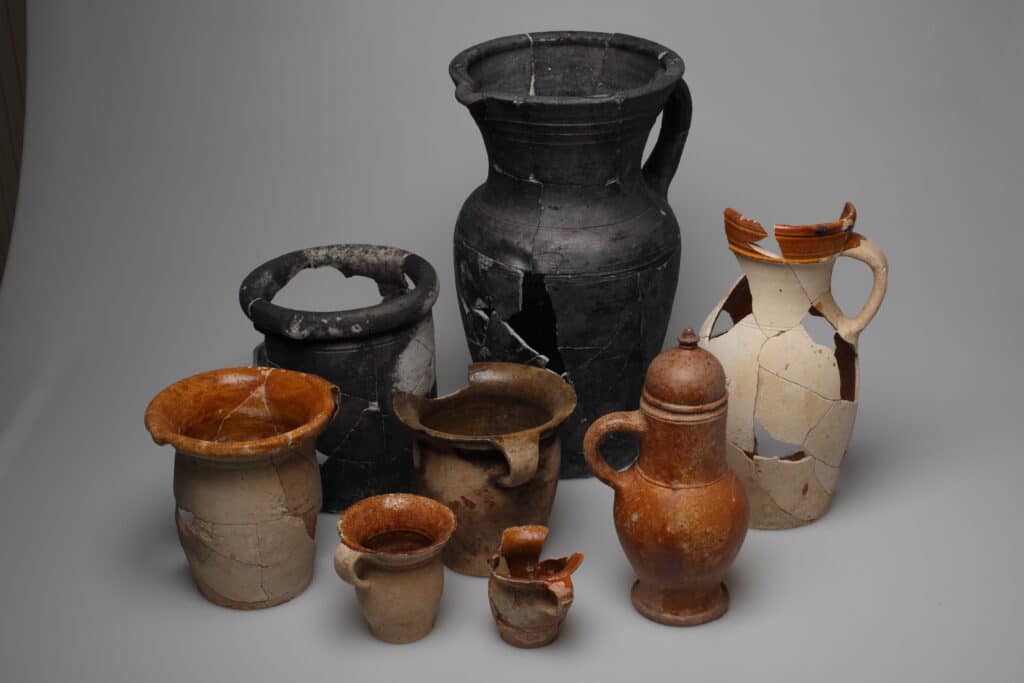
Vessel ensemble from the monastery area, 16th century © Stadtmuseum St. Pölten

